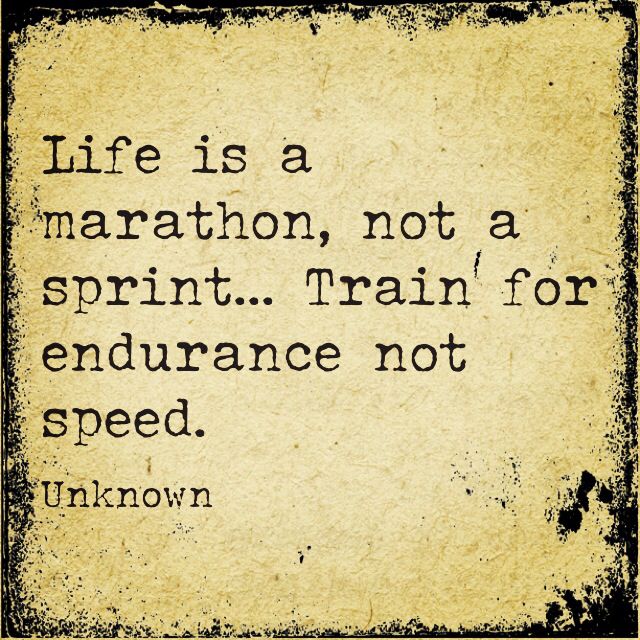A couple of weeks ago, I wrote a beast of a post on PR metrics, which included everything for a communications program, from vanity metrics to the things that deliver cold, hard cash.
The comments, as always, were lively and some really good questions were asked, including this gem from Jensie Simkins: How do you convince your clients their patience will pay dividends?
I was in meetings or on a plane for most of the day that post ran so Danny Brown and Jason Keller took a stab at helping Jensie with her question.
Danny Brown Said
Can you provide data that will keep them happy in the short-term while you build that long-term metrics out?
Even if it’s vanity metrics such as new fans and blog shares, downloads of white papers or coupons, etc. Something that shows some form of “growth” while you both work out the long-term goals and the metrics that offer value—which network is most successful, what content gets more valuable reaction, what monetary cost does social mean versus how it impacts the bottom (and top) line.
Give some soft data that lets the client see the value of it, and the even bigger value of having deeper data that build and supports the softer stuff.
Jason Keller Said
The real sell is going to be the final result of previous campaigns you’ve done for other clients—the moments when you state how the strategy you implemented = the desired goal.
The managing expectations part won’t come from showing what you did in the short term, but explaining the timeline in detail for the long term; sometimes it takes telling clients about the little devils in the details to get them to understand it is more of a marathon than a sprint.
It’s a Marathon, Not a Sprint
They’re both right, and…
There are too many experts who are out there extolling the virtues of social media and creating the expectation that overnight success is achievable.
The real issue is in that and in the instant gratification our society has come to expect.
But, just like fad diets or get rich quick schemes, it’s impossible to have results for a communications program overnight.
Sure, like Danny says, you can show growth in as quickly as one week, particularly if you’re willing to pay for it, but then will your network be made up of robots or of the people who will actually buy from you?
This is a marathon, not a sprint.
Just like you can’t go out in a week and run 26.2 miles, you will not have success with a PESO (paid, earned, shared, and owned media) model in seven days, or a month, or even three months, for that matter.
It Takes Time and Patience
A lot of this is educating our clients and our executives.
I love the story Jason Falls tells of his client who called every Friday to see how many new Facebook fans they had because he played golf with a friend whose Facebook page was growing dramatically and he wanted to beat him.
Jason gave him those statistics and he set to work to provide the metrics that showed how much money the shared media efforts were making the client…and suggested he also share that information with his friend.
Soon the client stopped asking how many new Facebook fans they had and asked, “How much money have we made this week?”
Unfortunately, we have to provide the vanity metrics while we’re building.
In our experience, it takes about 90 days (or six months if it’s earned media) for an integrated communications program to begin to have some return, but it will take close to a year before the investment begins to be realized.
A Communications Program that Works
If you have a chance to see David Higdon, the managing director of the integrated marketing communications department for NASCAR, speak, run, don’t walk.
The case study he shows is how they’re implementing a three year plan to get the kinds of results most executives expect from the work we all do.
Three years.
In the beginning, they showed the vanity metrics. They showed an organic increased in social network followings. They got some earned media results. They created some content that people commented on and shared. All while working on the types of things that dramatically improve the sustainability of an organization.
Business has not changed.
It takes 10 years for overnight success.
An executive who has the patience to let an integrated marketing communications program run for at least a year (and longer if you can show real, measurable results in that time) is the executive who wins.
Every time.
